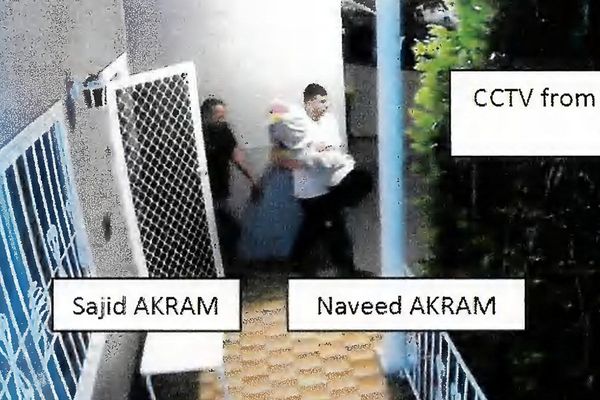The amount of cross-river traffic in east and south-east London has increased at weekends since Sir Sadiq Khan’s £2.2 billion Silvertown tunnel opened.
There has also been a 10% increase in weekday traffic at the Rotherhithe tunnel – and a huge increase in motorists using the free Woolwich ferry to avoid paying tolls of up to £4 a day at the Silvertown and Blackwall tunnels.
The A13 – a key dual carriageway through east London that connects with the North Circular Road and M25 – has seen a 6% increase in eastbound traffic and a 4% increase in westbound traffic.
Data published by Transport for London on Wednesday revealed that weekday traffic in the vicinity of the Silvertown and Blackwall crossings had fallen by 5% from 96,400 to 91,000 vehicles in the 11 weeks since the Silvertown Tunnel opened on April 7.
But it increased by 3.7% at the weekend, with the number of daily journeys around Canning Town, the Royal Docks and the Greenwich peninsula increasing from 84,200 to 87,300.
Traffic speeds in the vicinity of the tunnels increased from 9mph to 30mph.
An increase in traffic had been predicted by critics of the Silvertown tunnel. If the trend continues, it could put pressure on the London mayor to introduce higher tolls at the weekend, which are currently limited to the £1.50 of-peak rate.
Sir Sadiq, speaking last year, had said that the tunnels would reduce congestion and that “the air quality will improve”.
Quelle surprise. We call this Induced Demand: the more roads you build, the more traffic you invite. It's nothing new https://t.co/xRb0gDy6Pz
— Bob From Accounts 🚲 (@BobFromAccounts) July 23, 2025
The TfL data said Rotherhithe Tunnel had seen a 10% increase - of around 2,800 vehicles - in daily average weekday flow, but no change at weekends.
The Rotherhithe tunnel is free to use but has height and weight restrictions, meaning it can only be used by cars, small vans, motorbikes and cyclists.
Tower Bridge has seen a 3% reduction in daily average flow during weekdays, equating to about 700 fewer vehicles. At weekends, there have been about 900 fewer vehicles.
But the Woolwich ferry, which is also free, has seen an increase in use of 36% during the week (an additional 1,278 additional vehicles) and 58% at weekends (1,538 additional vehicles).
TfL admitted there had been a “notable increase on usual demand” on the Woolwich ferry but said that because the service only carried 3% of cross-river traffic in east London, the “impacts are localised”.
TfL said: “Extra staff have been brought in to help manage traffic in peak periods in the short term and we are reviewing how to manage potential longer-term increases, for example with improved real-time information.
“We expect travel patterns to settle but will continue to closely monitor the situation.”

A total of 84% of HGVs crossing the Thames in east London have been using the Blackwall and Silvertown tunnels.
HGV crossings at Tower Bridge have reduced by 12% and on the Woolwich Ferry by 25%.
Of the three main dual carriageways in the area – the A2, A12, and A13 – only the A12 saw a weekday decrease of 1% in northbound traffic.
During weekends, there have been decreases on the A12 and A2 in both directions, especially on the A2 southbound away from central London, which decreased by 12%.
There has been a 2% increase in both directions on the A13 westbound into central London and 3% eastbound away from central London.
TfL said traffic was “flowing well” in Greenwich town centre and East Greenwich. On the north side of the river, ongoing works at Silvertown Way have had an impact on traffic in the Royal Docks.
TfL said: “In summary, the initial traffic impacts of the scheme are broadly in line with our expectations before it opened.”
A total of 87% of drivers have complied with the new tolls. TfL introduced penalty charged on April 30 but has not yet revealed how many drivers have been issued with £180 penalty fines.
TfL is also monitoring air quality but data has not been included in its “three months on” report as “longer-term data is required”.







